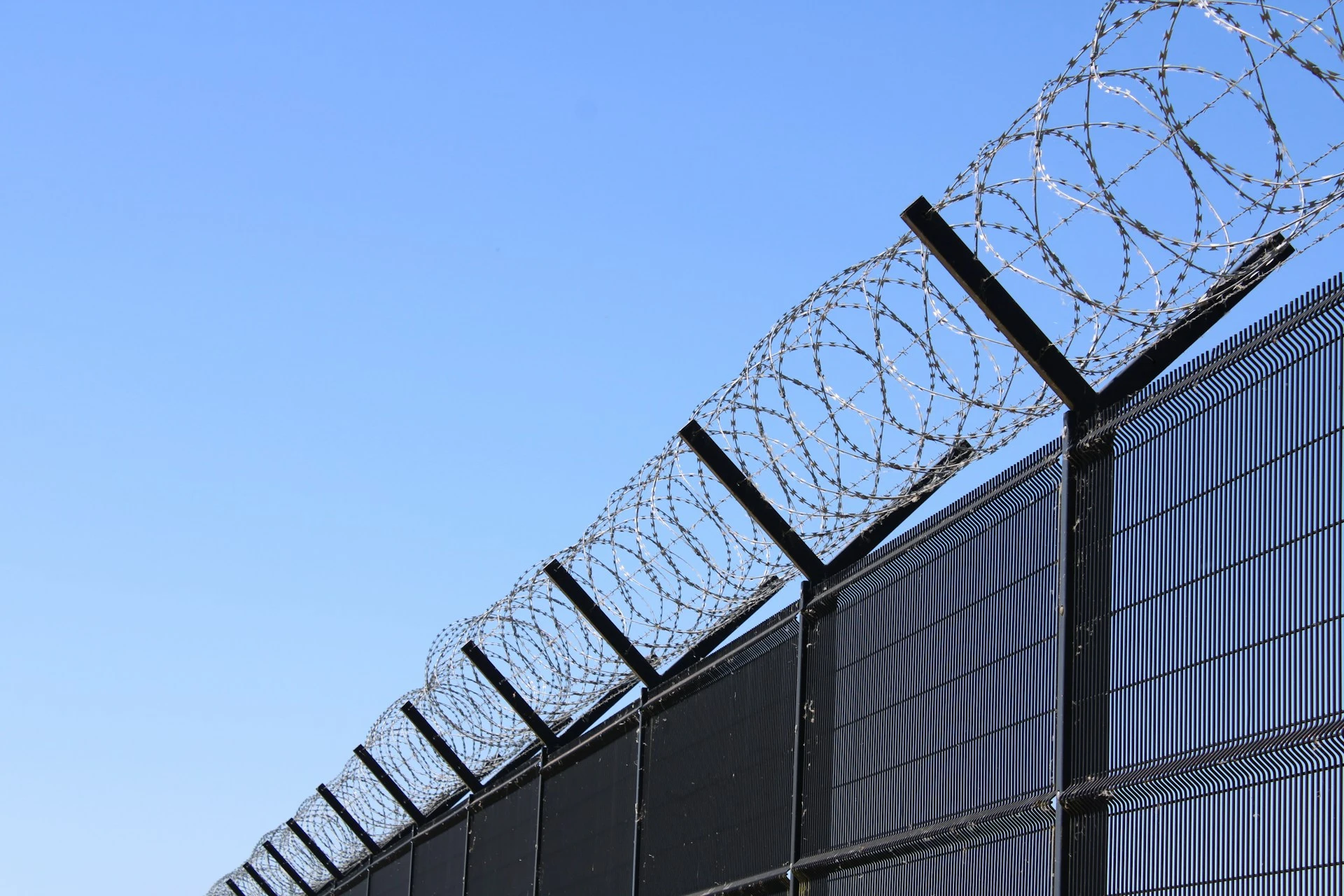
For the first time since 2020, Canada began accepting applications from talented foreign immigrants in July, marking the reinstatement of the Express Entry system for the Federal Skilled Worker Class.
The Express Entry system oversees three programs:
- The Federal Skilled Workers Program (FSWP);
- The Federal Skilled Trades Program (FSTP); and
- The Canadian Experience Class (CEC).
Invitations to apply (ITAs) are distributed to applicants in the Express Entry pool depending on their Comprehensive Ranking Score (CRS).
Immigration, Refugees and Citizenship Canada (IRCC) awards ITAs to applicants in the Express Entry pool who reach the CRS cut-off on average every two weeks. Every Express Entry draw this year has been open, selecting applicants from the FSWP and the CEC.
CRS in 2022
On July 6th, IRCC resumed holding Express Entry draws, inviting 1,500 applicants who had a CRS score of a minimum of 557 from the Express Entry pool.
IRCC raised draw capacities (finally reaching 4,750 individuals during the most current draw) while lowering CRS cut-offs to below 500 as draws proceeded throughout the entire year.
The need for workers is still acute across Canada as it struggles to cope with the effects of COVID. Canada has chosen immigration as the main strategy it will use to fulfill its pressing economic demands; this is probably what will drive Express Entry’s comeback and the CRS score’s gradual decline starting in 2022.
Can we forecast CRS results from historical results?
Predicting future CRS scores based on past cut-offs may initially appear to be a very simple undertaking. The CRS cut-offs keep becoming lower as draws get bigger and more time passes. Realistically, the situation is more complicated.
The lack of a distinct pattern in how CRS cut-offs change makes it difficult to anticipate future CRS ratings.
Further statistical study reveals that among Express Entry CRS cut-offs for 2022, the standard deviation (the difference between each score and the mean) was 21.6 points. This is a massive forecast error, as any applicant in the Express Entry pool can attest.
The fact that particular policy arrangements have an effect on the cut-off scores is a major factor in why this approach is not an effective one for predicting CRS.
What affects the cut-off for the CRS?
The IRCC has entire authority over the CRS cut-off levels that should be used, which is the first and possibly most significant point to note. This means that the department is allowed to determine CRS cut-offs and invite immigrants in accordance with Canada’s economic needs and is not required to follow patterns or trends.
The most dramatic instance of this, however, occurred in February 2021 when IRCC admitted 27,000 new immigrants as part of the CEC, with the lowest CRS cut-off in Express Entry history at just 75.
A hike in CRS score cut-offs as a result of some types of applications already being processed is the second thing to keep in mind. Applicants in the Express Entry pool, for instance, who receive an enhanced provincial nomination through the Provincial Nominee Program (PNP), can gain up to 600 more CRS points merely for receiving the improved nomination from their home province.
Similar to how candidates in the CEC frequently have both Canadian educational and professional backgrounds—two characteristics that can significantly boost CRS scores and skew cut-offs for the whole Express Entry pool.
Future plans for CRS
Although the CRS cut-offs in the future are uncertain, a significant policy adjustment that will take place in 2023 will significantly affect the CRS’s impact effect on immigration- Bill C-19.
This measure, which was passed in June 2022, gives the immigration minister the power to divide the candidates in the Express Entry pool into groups based on policy objectives and award ITAs to those individuals.
By focusing on particular in-demand professions, the IRCC has already stated its intention to take this approach in 2023 in order to directly meet economic demands.
Between 2023 and 2025, 203,220 new immigrants are expected to enter Canada under the Express Entry-managed programs, according to the Immigration Levels Plan for the country.












































































































































































































































































